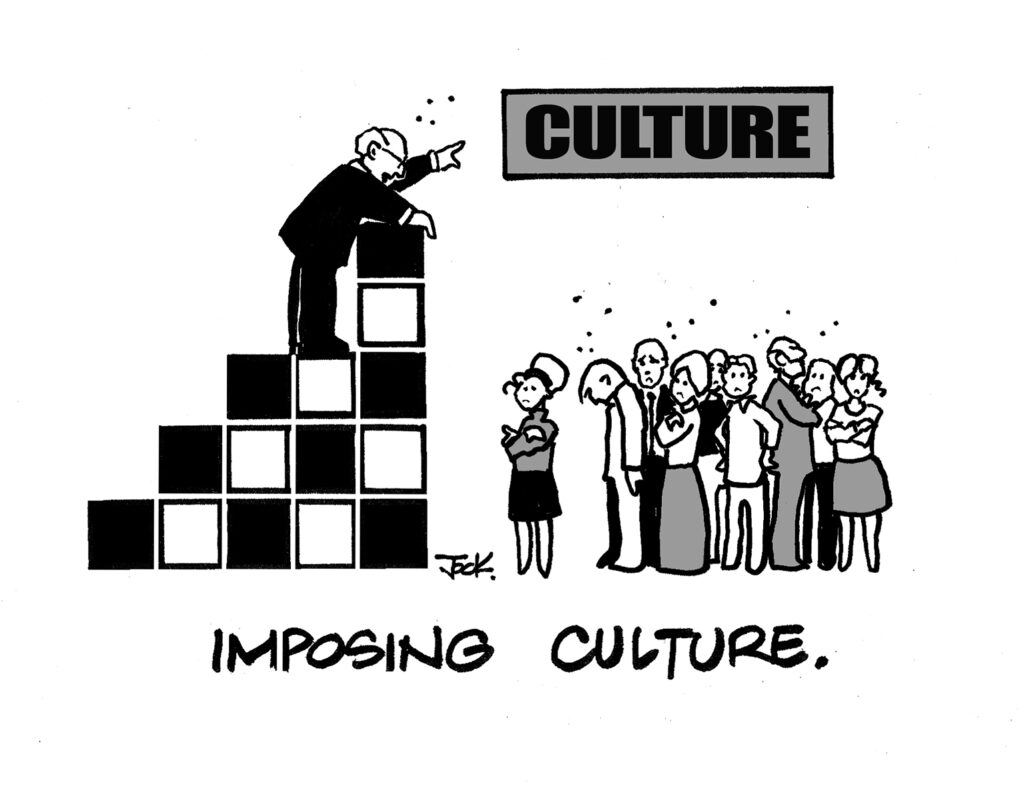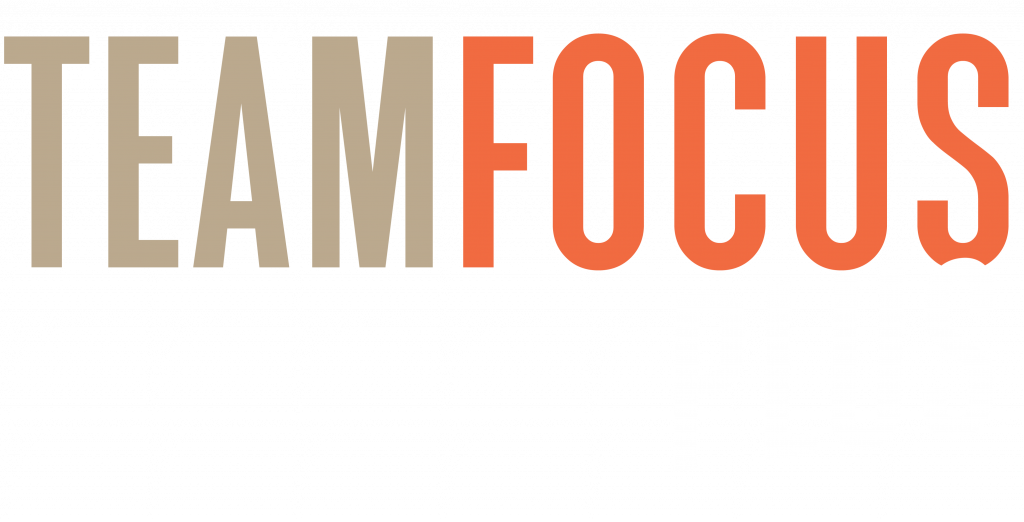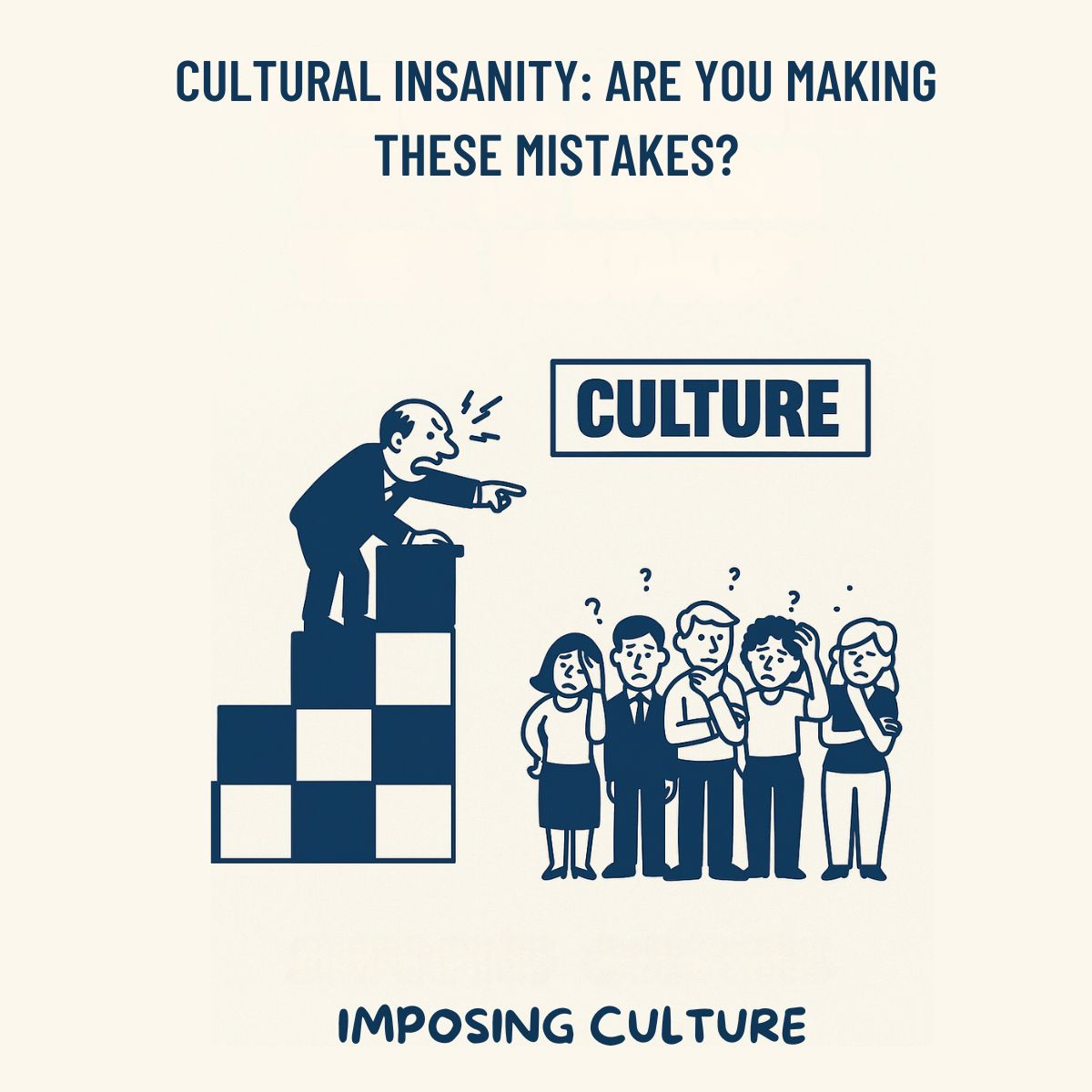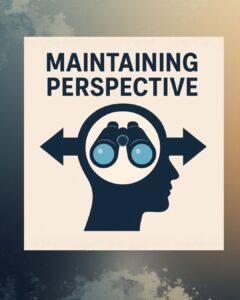Cultural Insanity: Why Your Culture Strategy Might Be Doing More Harm Than Good
Is Your Organisation Showing Signs of Cultural Dysfunction?
It often starts subtly — blame-shifting, gossip, tension in meetings, missed deadlines, or disengaged team members. But these are not minor irritations. They are symptoms of a deeper problem: a flawed or outdated culture strategy that may be creating more harm than good.
In today’s Australian business environment, culture isn’t a “nice to have.” It’s the engine of performance. Culture drives how people behave, collaborate, solve problems, and lead. Yet too many organisations fall into the same traps when trying to “fix” culture.
Here are three of the most common workplace culture mistakes — and what you can do instead to create a culture lasting team culture improvements that actually delivers results.
Mistake 1: Talking Too Much About “Culture”
It sounds ironic, but constantly talking about “culture” can backfire. For many employees, the word triggers defensiveness. It often signals that a top-down change is coming, and people instinctively resist.
The better way: Shift the conversation. Focus discussions on purpose, goals, and vision. Ask your team:
- What behaviours will help us deliver our strategy?
- What attitudes will drive performance and connection?
By reframing the conversation, you still improve organisational culture — but through purposeful dialogue, not top-down directives.
Mistake 2: Imposing Culture From the Top Down
Another common mistake is prescribing values and behaviours at the executive level and expecting everyone to adopt them. Even if those values are sound, a “culture by decree” rarely sticks.
Why? Because people don’t buy into what they didn’t help build.
The better way: Involve your people. Ask:
- What attitudes and behaviours do we need to deliver on our purpose, vision, or mission?
This co-creation approach fosters ownership, authenticity, and lasting change. You’re not enforcing a new culture — you’re uncovering the culture your team already aspires to.
It’s worth remembering, your people are your culture, so it’s worth engaging them in a conversation about the culture you need to achieve your strategy.
Mistake 3: Overcomplicating the Process
Too many organisations bury culture in dashboards and metrics. While surveys can provide insights, culture is lived in everyday behaviours, not spreadsheets.
The better way: Pay attention to the conversations and actions happening daily. Ask yourself:
- Are team members making excuses, blaming others, or dodging responsibility?
- Or are they owning challenges, supporting one another, and aligning with purpose?
Real culture is visible in the attitudes and behaviours of your people. To understand it, you need leadership presence — observing, asking questions, and listening.
The Better Way to Lead Culture Change
If you’re serious about how to improve culture, don’t launch another blanket initiative that looks like another change program. Start with your business strategy and talk with your people about the attitudes and behaviours required to deliver on it — and let those conversations guide your agreements, and development plans.
From there, a healthier, high-performing culture will grow organically, with genuine involvement and buy-in from your people.
Ready to Rethink Your Culture Strategy?
We help businesses across Australia design culture strategies that work, build strong leadership capability, and create lasting team improvement.
Want to dive deeper?
Download our the first chapter of our ebook “Cultural Insanity” —Or contact us for a no-pressure chat. We love helping businesses unlock the power of culture.
Want to know more about our Culture Programs – Contact us today:
📞 Call 1300 551 274
📧 Email: team@teamfocusplus.com
Bottom line: Don’t let “cultural insanity” sabotage performance. Simplify the process, involve your people, and anchor culture to strategy. That’s how you create a culture that lasts.






